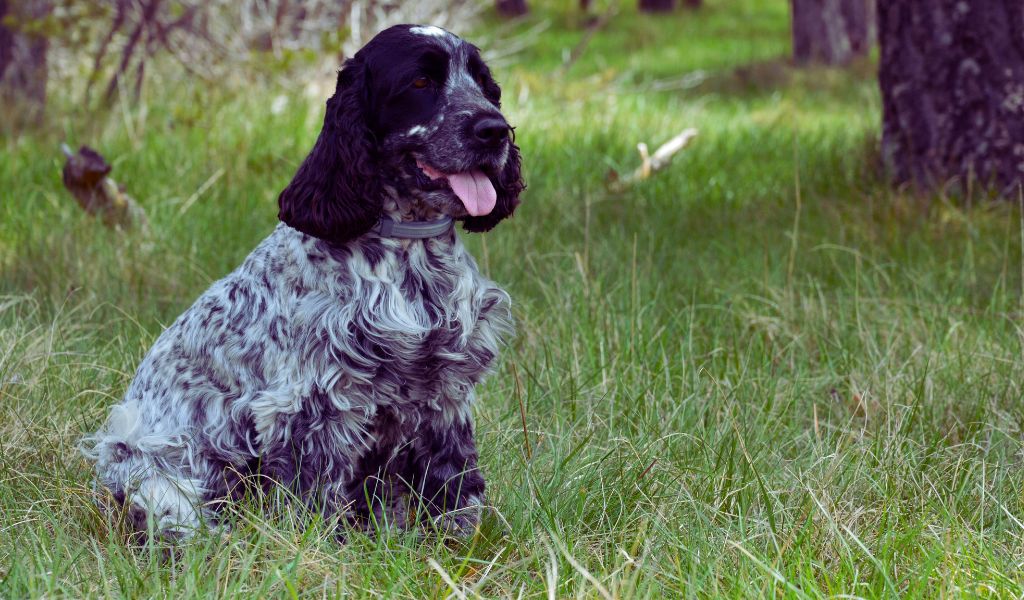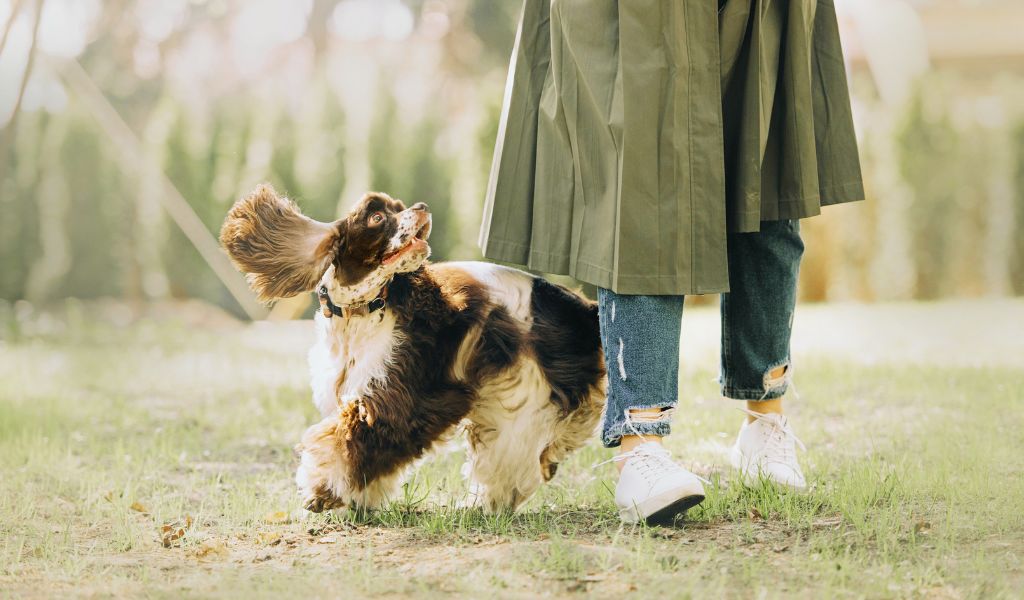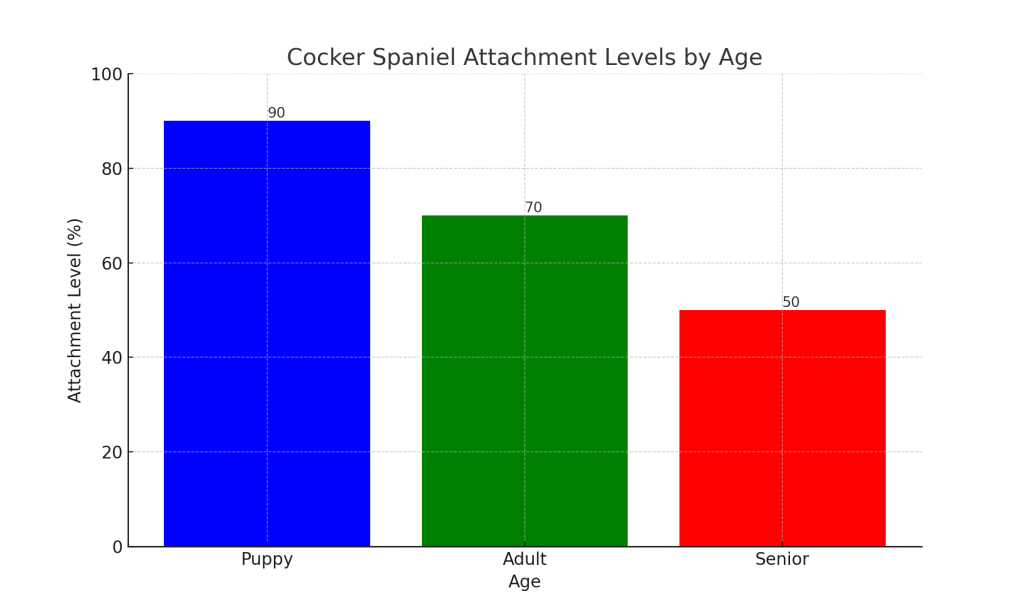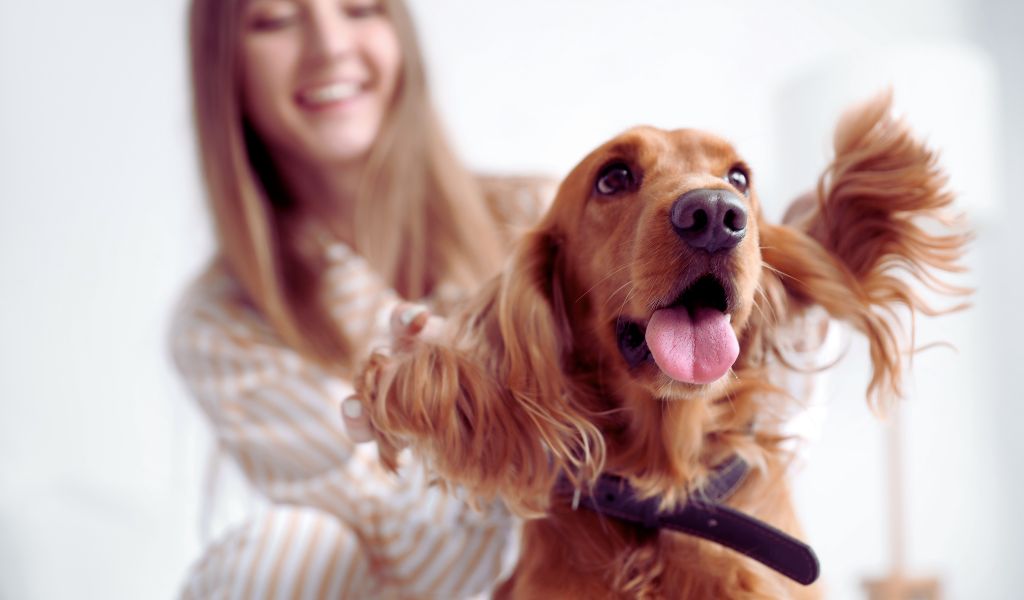Key Takeaways
- Personality Traits: Understand the inherent traits of Cocker spaniels that make them prone to following their owners.
- Attachment and Bonding: Explore how attachment forms between Cocker spaniels and their owners.
- Training and Behaviour: Insights into training methods that influence this behaviour.
- Addressing Over-Attachment: Tips to manage and reduce excessive following behaviour.
Cocker spaniels are known for their affectionate and loyal nature, often displaying a tendency to follow their owners everywhere.
This characteristic behaviour can be both endearing and, at times, a bit overwhelming.
Understanding the reasons behind this behaviour and how to manage it effectively is crucial for any Cocker spaniel owner.
Understanding the Cocker spaniel’s nature
Cocker spaniels are often bred as companion dogs, making them inherently more inclined to seek out human interaction and company.
This breed is known for its sociable and friendly disposition, often relying on their human family for reassurance and comfort.

Attachment and bonding
A key factor in why Cocker spaniels follow their owners is their strong bond and attachment.
This breed forms deep connections with their human families, often resulting in them wanting to be in close proximity to their loved ones as much as possible.
Table: Cocker Spaniel Attachment Levels
| Age | Attachment Level | Behaviour |
|---|---|---|
| Puppy | High | Constant following, seeking attention |
| Adult | Moderate to High | Prefers being in the same room, close contact |
| Senior | Moderate | Desires proximity, less active following |
Training and Behaviour
Training and upbringing play a significant role in this trait.
Cocker spaniels are responsive to positive reinforcement training techniques, which can either encourage or discourage this following behaviour.
Consistent training from a young age can help in setting boundaries.
Table: Training Influence on Following Behaviour
| Training Method | Influence on Behaviour |
|---|---|
| Positive Reinforcement | Encourages following if rewarded |
| Boundary Setting | Can reduce excessive following |
| Neglect or Over-Attachment | Can increase clinginess and following |

Managing Over-Attachment
While it’s heartwarming to have a devoted companion, it’s important to manage over-attachment for the well-being of both the dog and the owner.
Tips to Reduce Excessive Following
- Create Independent Spaces: Establish a comfortable space for your Cocker spaniel that’s separate from your own.
- Routine Training: Regular training sessions to reinforce independent behaviour.
- Positive Alone Time: Encourage periods where the dog is alone, using toys or puzzles.
- Balanced Attention: Provide attention and affection, but also encourage independence.
Socialisation and Exposure
Proper socialisation from a young age is crucial.
Exposure to various environments, people, and other animals helps in developing a well-rounded and confident Cocker spaniel that is less reliant on constant owner presence.

The bar chart above illustrates the varying levels of attachment in Cocker spaniels across different life stages.
As puppies, they exhibit a high degree of attachment (90%), which slightly decreases during adulthood (70%) and further moderates in their senior years (50%).
This visual representation helps in understanding the natural progression of attachment behaviour in Cocker spaniels over their lifespan.
Conclusion
Cocker spaniels follow their owners as a natural expression of their affectionate and loyal nature.
Understanding and managing this behaviour through proper training and socialisation is key to a healthy and happy relationship with your furry friend.




